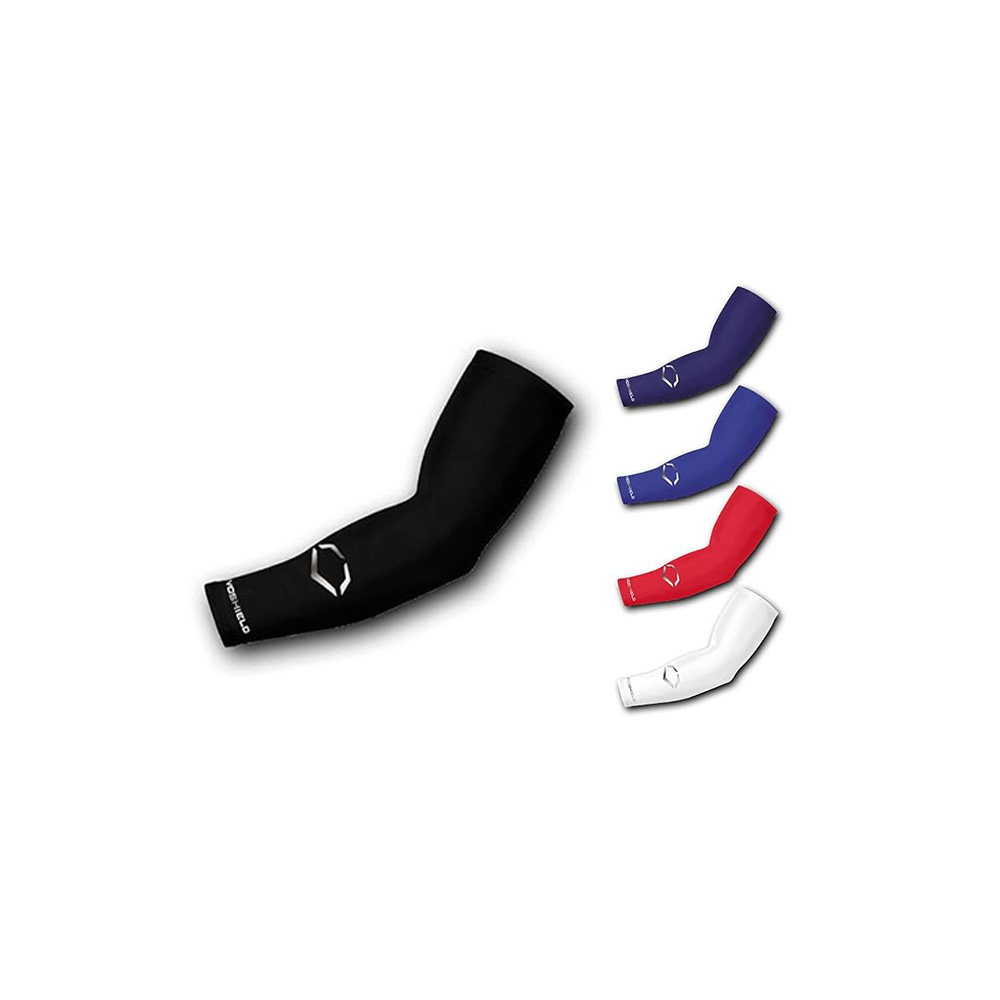
The guide is on rechecking arm measurements for a compression sleeve. It stresses the need for the right measurements to maximize effectiveness and comfort. The guide provides clear instructions. They help you determine the right sleeve size for a proper fit. Users can pick the right compression sleeve. They can do so by following the steps in the guide.
Gather Necessary Tools
For accurate measurements, get a flexible measuring tape. Ask a friend or family member to help you. Having someone to hold the tape will ensure precise measurements. This is especially true in hard-to-reach areas or when measuring large distances.
Here’s how to proceed:
- Positioning:
- Stand straight with your arms relaxed at your sides while your assistant measures the desired area.
- For clothing measurements, ensure you are wearing lightweight clothing or undergarments to get the most accurate sizing.
- Reading Measurements:
- Keep the tape snug but not too tight, as this can lead to incorrect measurements.
- Examples: Measure your chest at the fullest point, waist at the narrowest, and hips at the widest for proper clothing fitting.
- Double-check each measurement to confirm accuracy before noting it down or moving to the next one.
- Communication:
- Clearly communicate with your assistant to avoid any misinterpretations or mistakes in measurements.
- Patience and cooperation are key to ensuring you both work together effectively to gather the necessary measurements.
Remember, exact measurements are crucial. They are key for tasks such as tailoring, furniture layout, and DIY projects. With the right tools and a good helper, you can gather the most accurate measurements.
Wear a Thin Layer
Place a thin layer of clothing on your arm before putting on the compression sleeve. This step is crucial. It ensures the sleeve fits and the measurements are accurate. By wearing a thin layer, you prevent the sleeve from stretching or bending. Make sure the clothing is snug but not too tight. This will help you get the intended fit of the compression sleeve.
Before you slide the compression sleeve onto your arm, roll up your sleeve. Put the sleeve over the thin layer of clothing. Smooth out any wrinkles or folds to ensure a smooth and even fit. Once the sleeve is on, adjust it to align with your arm’s natural shape. This simple step can make a big difference. It affects how comfy and effective the sleeve will be during wear.
Start at the Wrist
Start by wrapping the tape around your wrist. Make sure it’s not too loose or too tight. Hold the end of the tape in place to prevent shifting. Once secure, move the tape upward towards your arm, keeping it parallel to the ground. Make sure it sits flat against your skin for accurate measurements.
For example, wrap the tape around your wrist, ensuring it is not too loose. Move it towards your arm, maintaining a consistent level. Check that the tape is snug against your skin without being constricting. Hold it steady as you prepare to note down the measurement.
Note the Measurements
To record the measurements for the compression sleeve, begin by measuring your wrist. Place the measuring tape around your wrist snugly but not too tight. Next, move on to your forearm. Measure the thickest part of your forearm, typically a few inches below your elbow. Lastly, measure your upper arm by wrapping the tape around the widest part of your upper arm.
Remember to follow the specific sizing guidelines provided by the compression sleeve manufacturer. For example, if the guideline says to add an extra inch to your measurements for a comfortable fit. Be sure to add that inch when you record your measurements. By measuring accurately at these points on your arm, you can ensure the sleeve fits. It will also give the intended support.
Check for Consistency
Check that the measurements on your arm are consistent. Start at a specific reference point like your wrist or elbow. For example, when measuring your wrist for a bracelet, measure around its smallest part. If your wrist size is inconsistent, your bracelet may not fit correctly.
Start from the same point on your shoulder. Do this when measuring your arm for a long-sleeve shirt. This consistency will ensure your shirts fit properly in sleeve length. Start and approach consistently. This way, you can avoid big measurement differences. This will ensure a better fit for your clothing or accessories.
Compare with Compression Sleeve Sizing Chart
Refer to the sizing chart provided by the compression sleeve manufacturer. Find your measurements. They are the circumferences around areas like your ankle, calf, and thigh. Match your measurements to the appropriate size as indicated on the chart for the best fit. Follow the size guidelines closely. This will make the sleeve fit securely. It will give the intended support and benefits. Must to have the right size for optimal comfort and effectiveness.
Try on the Sleeve
To ensure the sleeve fits well and has the right compression, first, slide your arm or leg into it. Make sure it sits snugly but not too tight. Check for any bunching of fabric or areas that feel restrictive. Next, move your arm or leg around to test the flexibility and range of motion the sleeve allows. Make sure you can bend and stretch comfortably without any pinching or rubbing. If the sleeve feels uncomfortable or too tight, consider trying a different size. Finally, wear the sleeve for a while. Then, assess its comfort and effectiveness. Walk, run, or do your usual activities while wearing the sleeve. Do this to ensure it meets your expectations.
Verifying Proper Arm Fit
Conclusion:
By following these steps to recheck your arm measurements, you can ensure that you have the right size compression sleeve for optimal performance and comfort.
Measurements Validation Checklist
Proper Measurement Techniques
Subheading: Determining the Correct Size for Your Compression Sleeve
- Start by placing a flexible measuring tape around the widest part of your bicep, typically around the middle of your upper arm
- Make sure the measuring tape is snug but not too tight. You should be able to fit a finger between your arm and the tape
- Take note of the measurement in inches or centimeters
- For accurate sizing, consult the sizing chart provided by the compression sleeve manufacturer. Match your arm measurement to the corresponding size on the chart to determine the best fit for you
- If you fall between sizes, consider ordering the larger size for a more comfortable fit
Compression Sleeves: 5 Fast Facts
Measuring Your Arm
When measuring your arm with a tape measure, it is best to have the tape measure snug against your skin. This ensures a more accurate measurement. It avoids excess slack that could cause incorrect readings. Make sure the tape measure is in direct contact with your skin to get precise measurements.
Yes, there are tools and guides to help you measure your arm. You need to do this to get a compression sleeve. Many sleeve makers provide sizing guides on their websites. The guides help you find the right fit. These guides include instructions on how to measure your arm well. This is to ensure a snug, comfy fit for your compression sleeve. You can also ask customer service for help. Or, consult a healthcare pro for tips on measuring your arm for a compression sleeve.
Decide whether to take measurements yourself or have someone else do it. Consider your expertise and the needed precision. If you have experience and the necessary tools, you can accurately measure yourself. However, pros may offer more precise results. This is true for critical projects like custom clothing or home renovations. Assess your comfort level. Also, consider the importance of accuracy. Then, make an informed decision.
Yes, give the manufacturer exact measurements when ordering. It is important for a compression sleeve. Getting the fit right is crucial. It lets the sleeve provide the right compression and support. By giving accurate measurements, you can get a custom-made sleeve. It will fit your unique dimensions, maximizing its benefits and comfort. This way, you can avoid issues such as the sleeve being too tight, too loose, or not providing the support you need. So, remember to measure yourself as the manufacturer instructs. This ensures you get the best compression sleeve for your needs.
When measuring if one arm is larger or smaller than the other, it’s important to consider a few key factors:
- Start by ensuring you are comparing the same reference points on both arms. For example, measure from the same point on each arm, such as the top of the shoulder or the tip of the elbow.
- Take measurements at the same time of day. This accounts for any fluctuations in swelling or muscle size. These fluctuations may occur throughout the day.
- Wrap the measuring tape tightly around each arm. Be consistent to avoid skewed results from different tightness levels.
- Consider measuring both relaxed and flexed arm positions. Muscles may appear different sizes based on how contracted they are.
Keep these in mind. They can help you to assess if one arm is larger or smaller than the other.
The compression sleeve should fit snugly around your arm, but it should not be too tight. It should give gentle compression. This compression supports the muscles and boosts circulation. Make sure it is snug enough to stay in place and not slide down. But, it should be loose enough to allow comfortable movement and not constrict blood flow. If it feels too tight or causes discomfort, you may need to try a different size or adjust how you are wearing it.












 Home
Home  Whishlist
Whishlist  Compare
Compare  Blog
Blog
Clear and helpful steps provided to ensure getting the right size compression sleeve. Excellent article!
Great tips on verifying arm measurements for compression sleeves!
I never knew how important it is to recheck arm measurements - thanks for sharing!